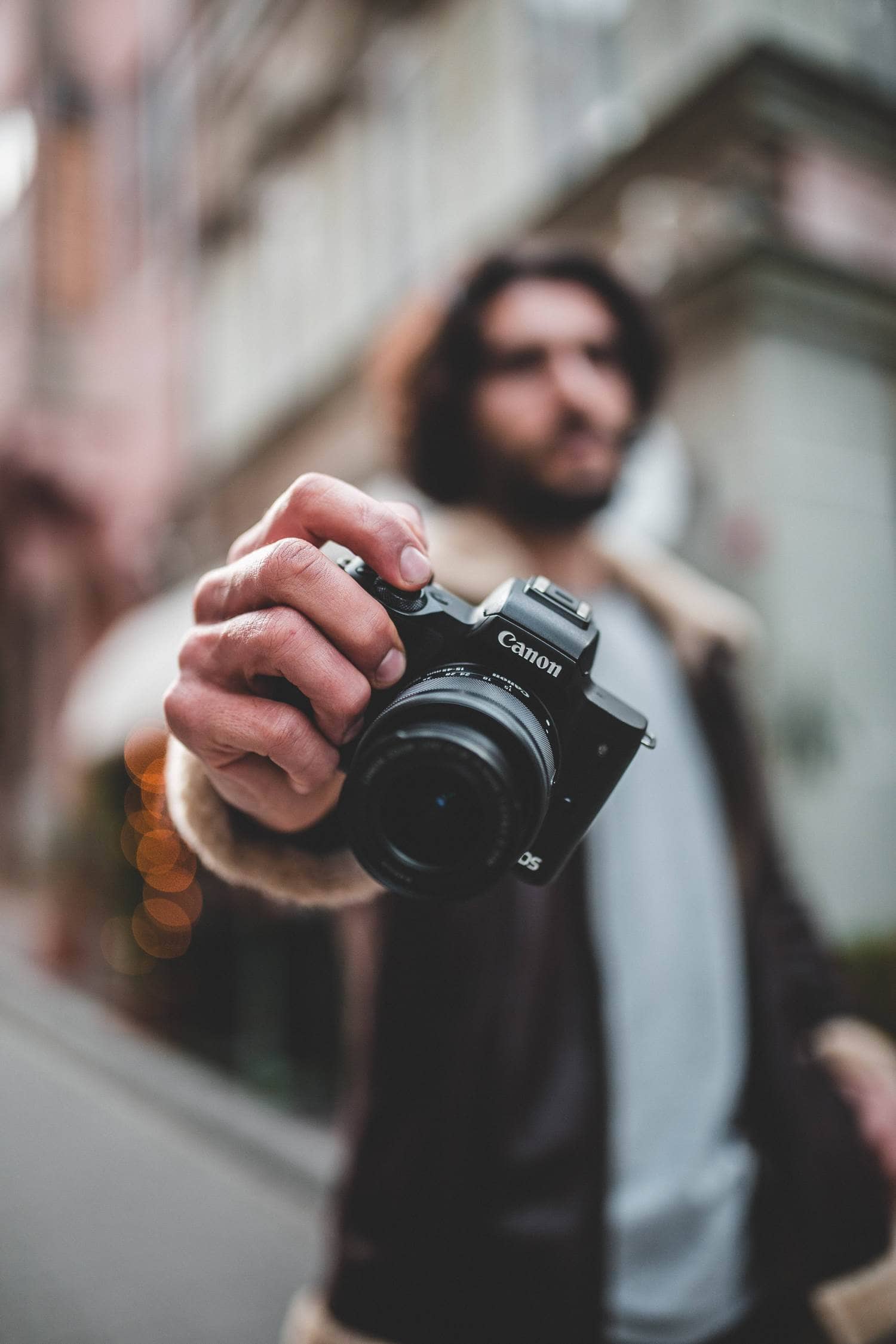As a photographer that you are, whether you have just started or have been in this world for a while, you will have realized the importance of photographic composition.
Composing a photograph is the way you have to explain the story that your image contains.
That is, without a good composition, we will only have certain disordered elements within a frame.
It is when we order them that we make our image explain the story we want to tell: composition is the language of our photographs .
Once we learn to speak this language, we speak it without thinking.
And like all languages, photographic composition requires rules, tricks and rules. If you have heard that composition is innate and cannot be learned, lucky you are here and I can tell you that it is false.
When you finish reading this mega guide, you will realize that you have all the necessary knowledge to make great compositions with which to make your photos speak. Because composition, like any language, is learned.
So I recommend that you continue with me because I will show you . Ah, maybe it's a good idea to save this mega guide in your favorites so you can go to it every time you have a question.
That being said, I present to you the topics that we are going to discuss today .
WHAT IS COMPOSITION IN PHOTOGRAPHY?
Photographic composition is the art of identifying and placing the elements of the photograph within the frame. to produce an image that conveys a coherent message, story, or emotion to the viewer.
Through composition, we managed to generate a reaction in the viewer.
Because, although there are some norms and rules that should be known, the truth is that a large part of the composition is based on emotion, our own when we conceive the image, and that of the viewer who observes it.
Composing is, therefore, transmitting our emotion, our history, through the place and the way in which we place the main elements of an image.
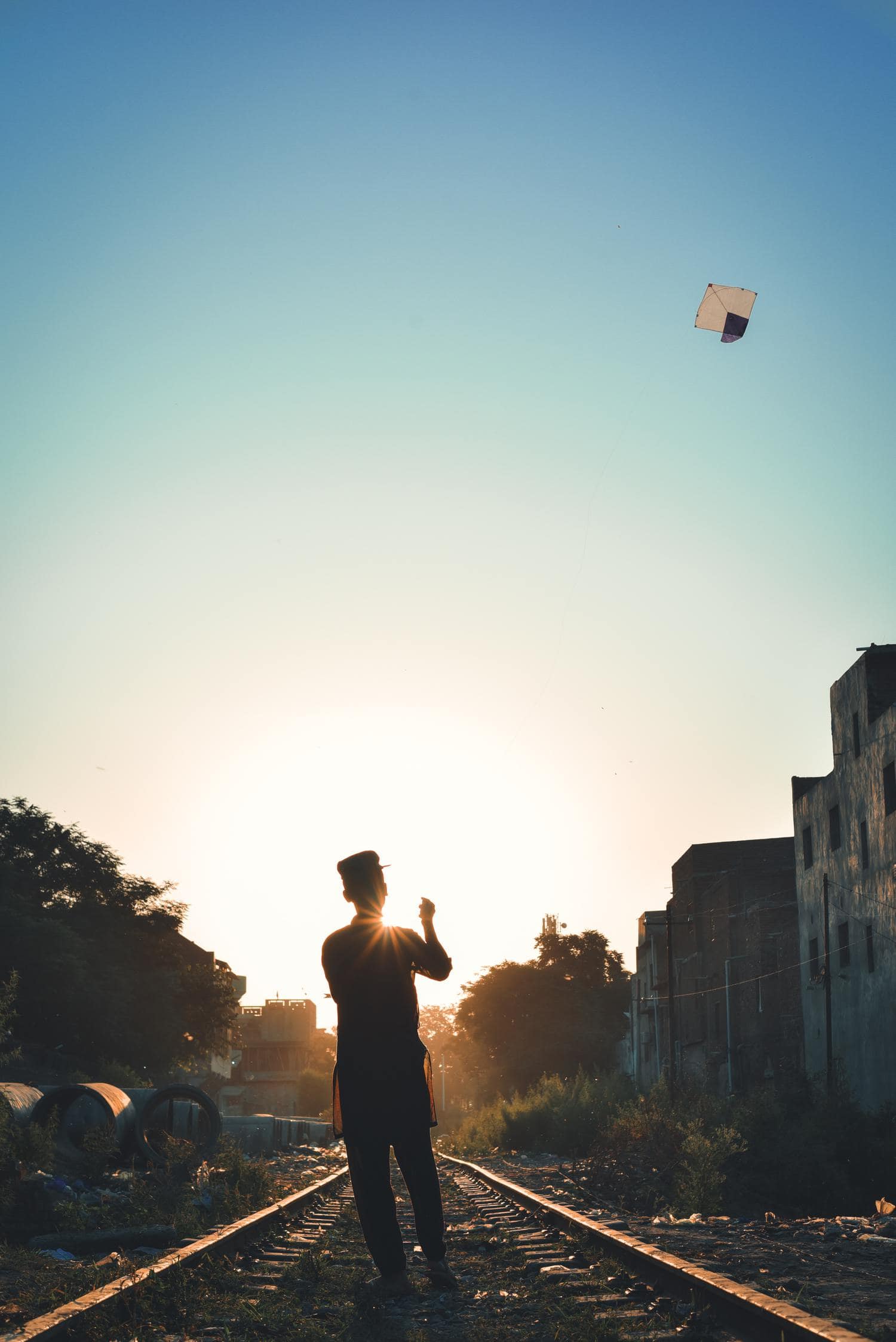
HOW TO MAKE A GOOD PHOTOGRAPHIC COMPOSITION?
To compose an image, the first thing to identify in a photograph is the center of interest or the protagonist of our image.
Once decided, the composition takes care of placing it in the right place and way to give it prominence.
This is done through what we know as composition rules. Let's see them one by one.
RULES OF PHOTOGRAPHIC COMPOSITION
The rules of composition in photography allow us to guide the viewer's gaze in the order and sense that we decide with the aim of highlighting our protagonist or center of interest.
Next, I show you the most used and with which you will get better results immediately.
THE RULE OF THIRDS IN COMPOSITION
Surely you have heard of it on more than one occasion. The rule of thirds is based on placing the center of interest in one of the strong points of the image.
These strong points are derived from dividing the frame into three horizontal and three vertical lines.
The place where these lines intersect is what we call the strong point of the image.
We tell you everything in detail in this article about the rule of thirds.
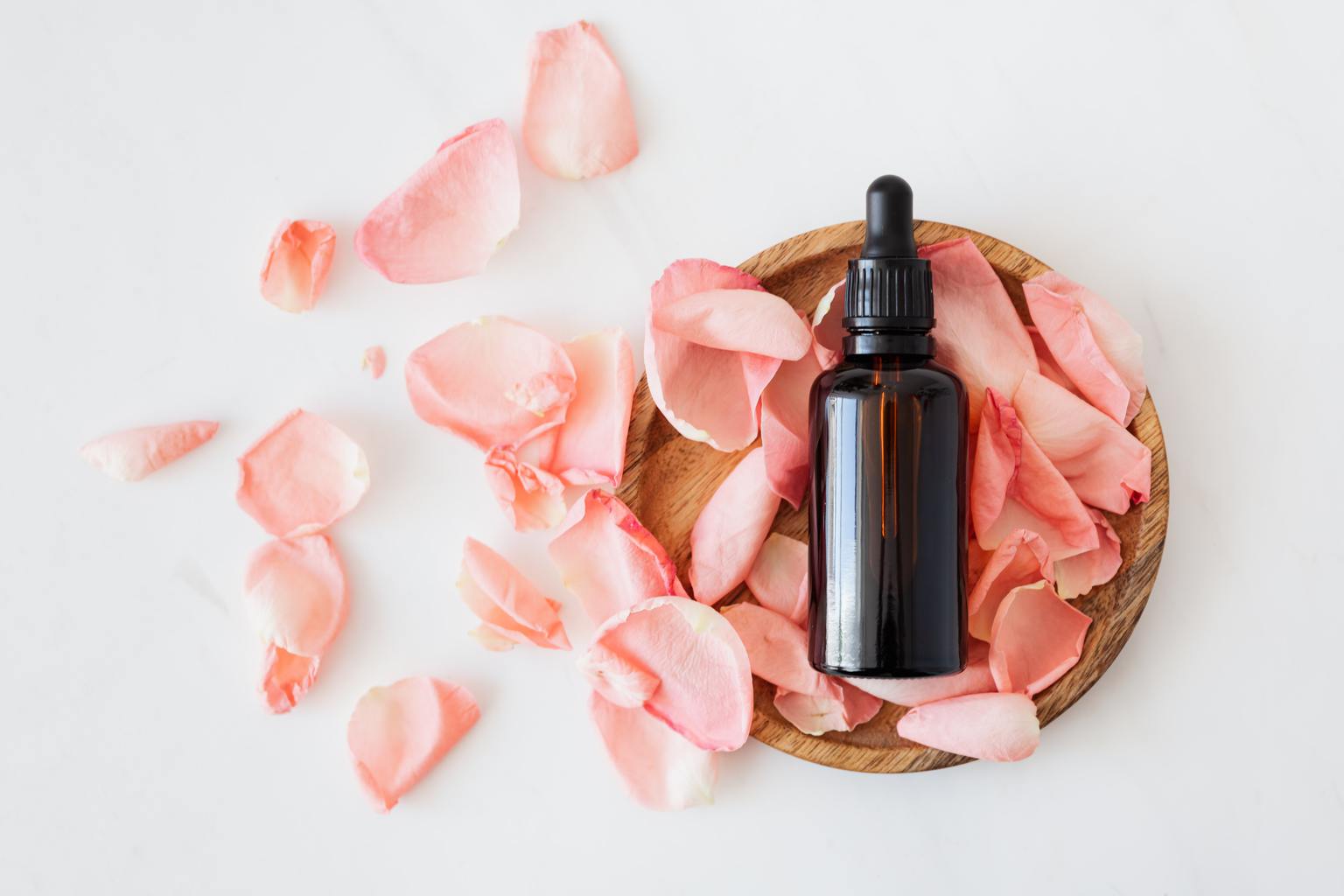
THE NEGATIVE SPACE IN COMPOSITION
Negative space is another very interesting compositional resource to highlight the center of interest in your photography.
It is based on the "less is more" that is sometimes so effective in photography.
That is, to compose through a flat background or with little information, with the aim of highlighting the protagonist of the composition.
It is also associated with scenes with minimalist compositions .
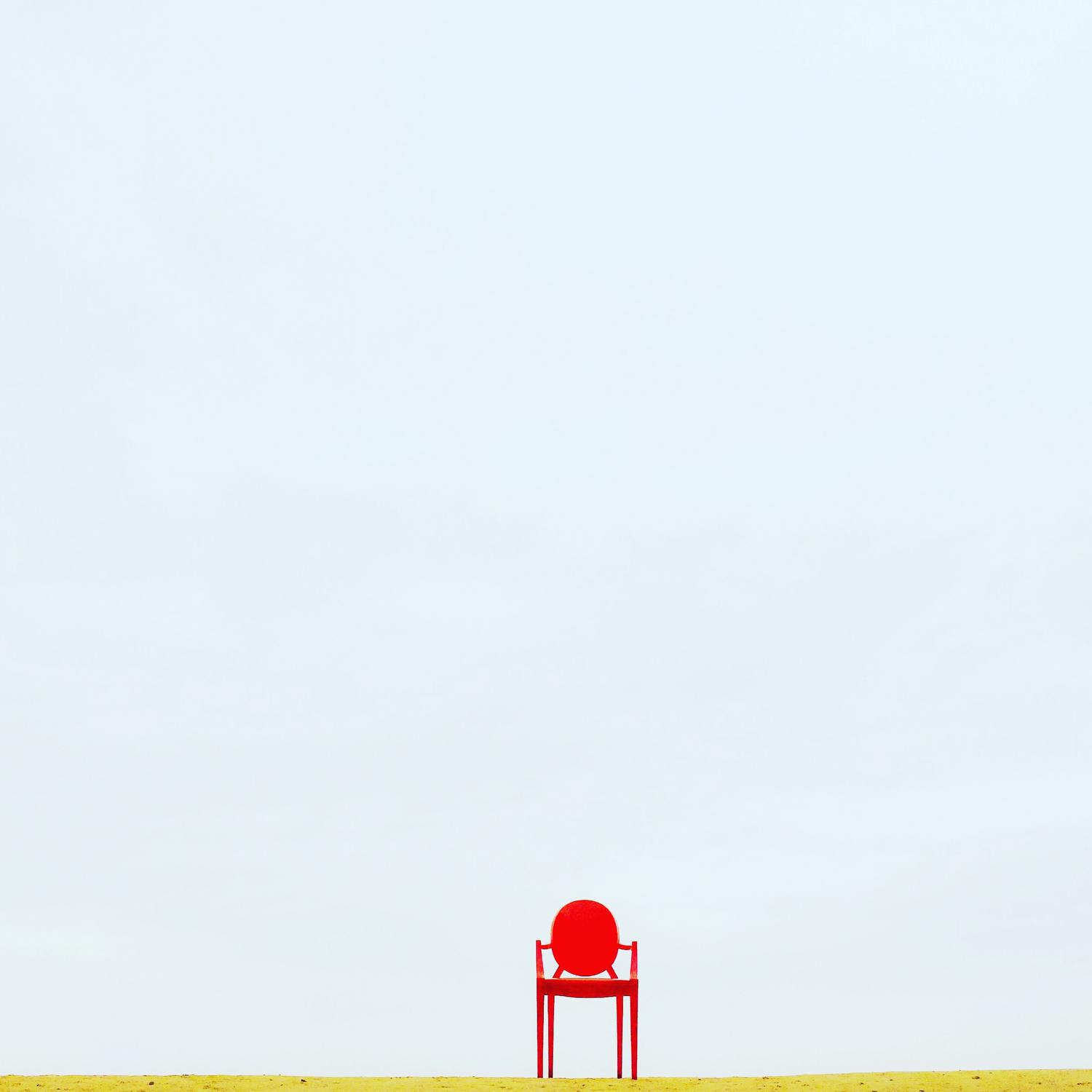
THE BALANCE IN PHOTOGRAPHIC COMPOSITION
A balanced composition is usually an image that works.
Through color, shape or visual weight among other characteristics, you can achieve balance, order or balance in your photographs.
I recommend that you dive into our article on balance in photographic composition to discover the tips and tricks that we have prepared for you.
THE LAW OF THE GAZE IN COMPOSITION
The law of the gaze applies to portraits and teaches us where to leave space for our image to breathe and look balanced.
Skipping this law can be interesting if you want to convey the opposite: overwhelm or lack of freedom.
In this article you will find many examples built applying the law of the gaze in portrait photography.
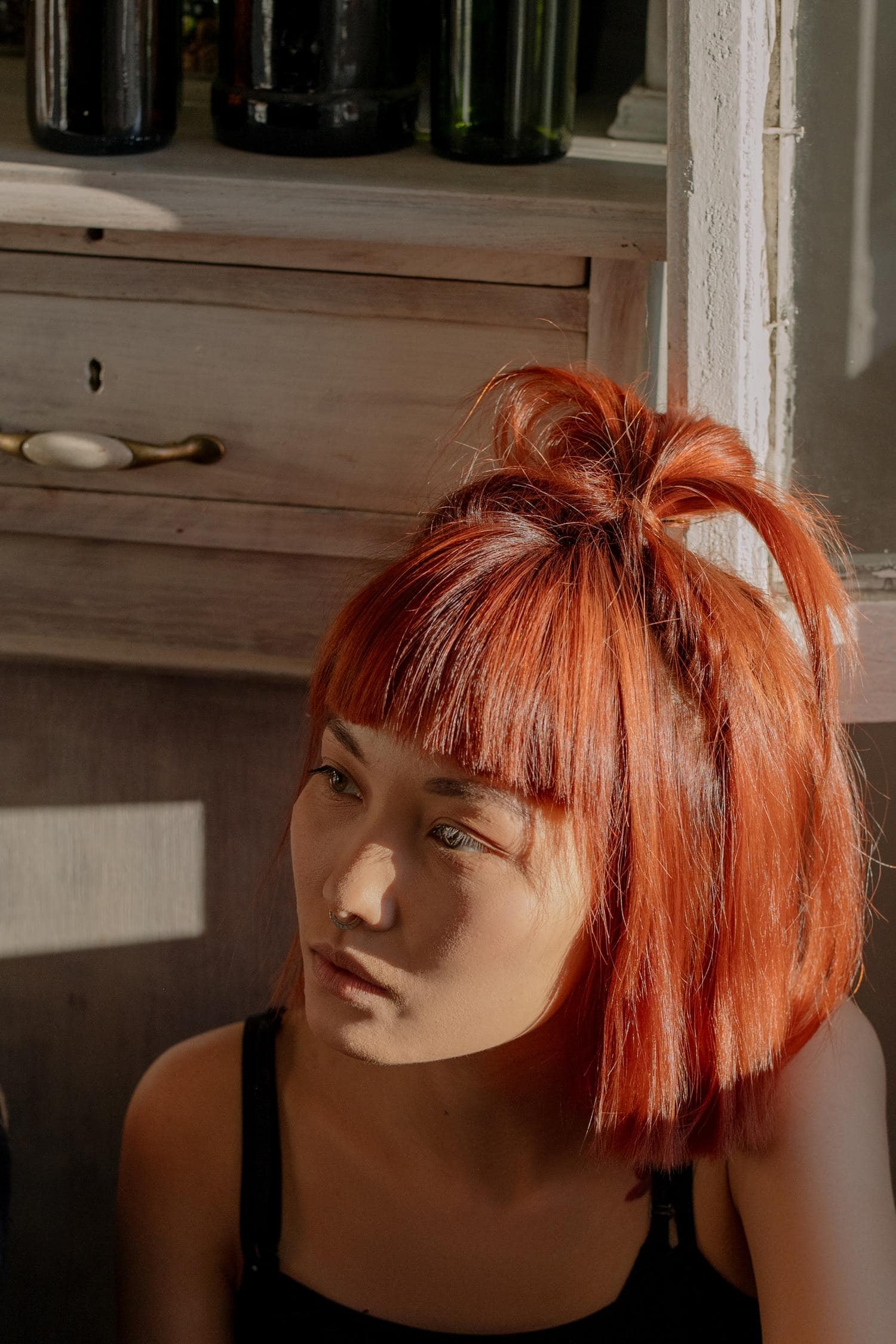
THE LAW OF THE HORIZON IN PHOTOGRAPHIC COMPOSITION
Another trick to compose is to apply the law of the horizon.
This is based on dividing the frame horizontally into three parts.
Once you have it more or less done, what we do to highlight the area of the sky or the area of land, is that this area occupies 2 of the 3 parts of the scene.
That is, if you want to highlight the sky in an image, let it occupy 2 of the 3 parts in your frame.
If, on the other hand, you want to highlight the ground, the sky would only occupy 1 of the three parts of the frame, while the ground area would occupy 2 of the 3.
This image that I show you below would be based on the law of the horizon, do you see how the sky occupies approximately 2 of the 3 parts of the frame of the scene?
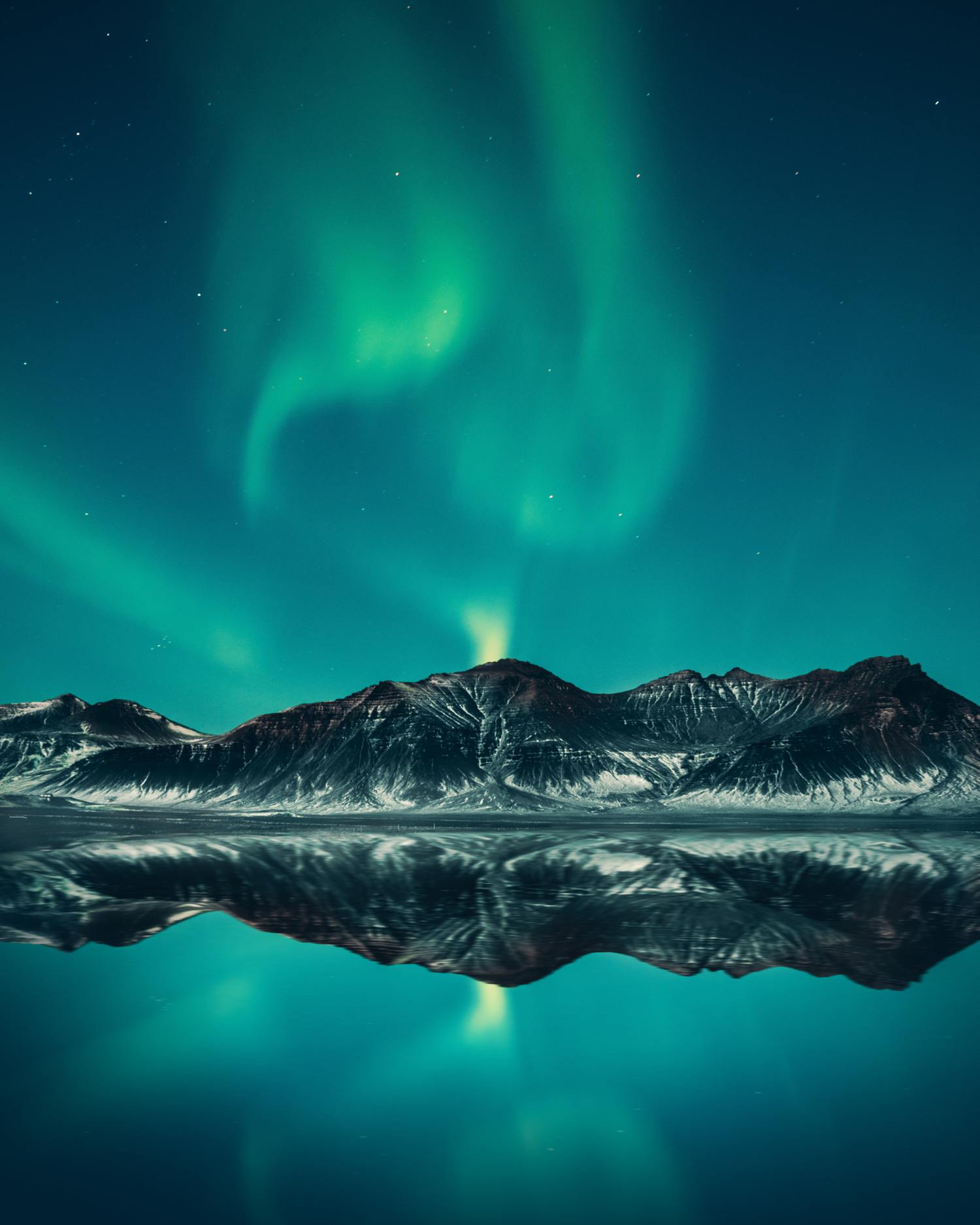
FILL THE FRAME IN A PHOTOGRAPHIC COMPOSITION
Compositions do not only live by minimalism, far from it;). The technique of filling the frame or Fill the frame as English speakers say, is an easy way for your protagonist to be the undisputed center of your image.
We usually use it in portraits, but any center of interest can be a good candidate for you to fill the frame.
THE LINES IN PHOTOGRAPHIC COMPOSITION
Lines are a key compositional element in your photographs.
They are capable of acting as arrows that carry the gaze through the frame in the way that we determine.
Each type of line transports us through the image in a different way, the curves are sinuous and sensual, the diagonals are full of tension and the horizontal ones are associated with peace and calm.
In this article you will be able to see all the types of lines in depth, I recommend that you take a look at it.
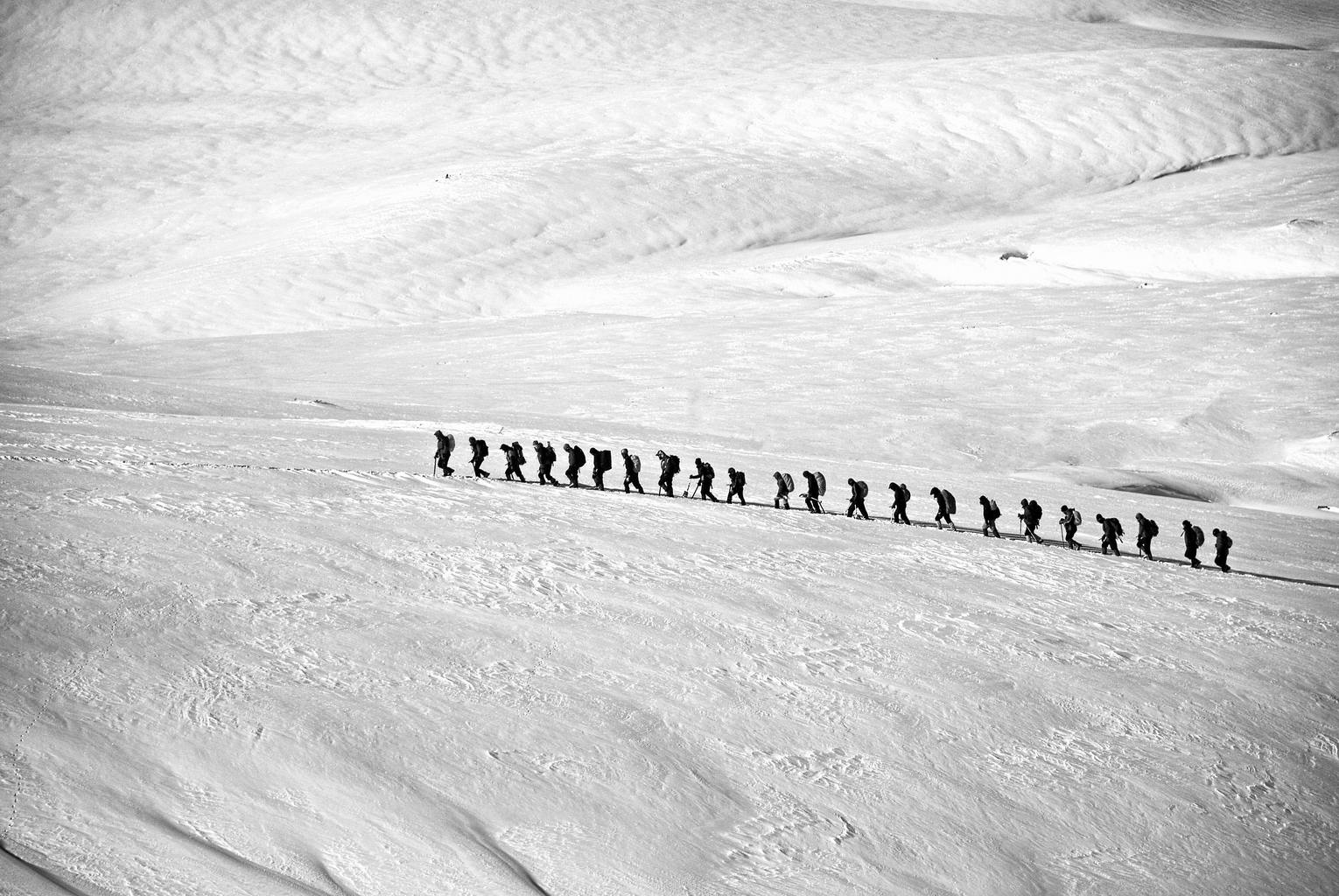
THE RHYTHM IN PHOTOGRAPHIC COMPOSITION
Rhythm is one more element of photographic composition and is based on the repeated and orderly arrangement of forms, and in a constant or variable manner, such as patterns .
The rhythm can bring harmony or tension depending on whether it is interrupted or not.
In both cases, it is a very dynamic element for your compositions that has many possibilities, as we show you in these 10 ways to capture rhythm in your photos.
THE VANISHING POINT IN PHOTOGRAPHIC COMPOSITION
The vanishing point is the place where the lines meet in a plane in a real or imaginary way.
It allows us to add depth to the image, something very important because, as you already know, photography tries to represent reality, but it finds that reality has three dimensions and photography only two.
The vanishing point therefore makes it possible to add three-dimensionality and depth to the image.
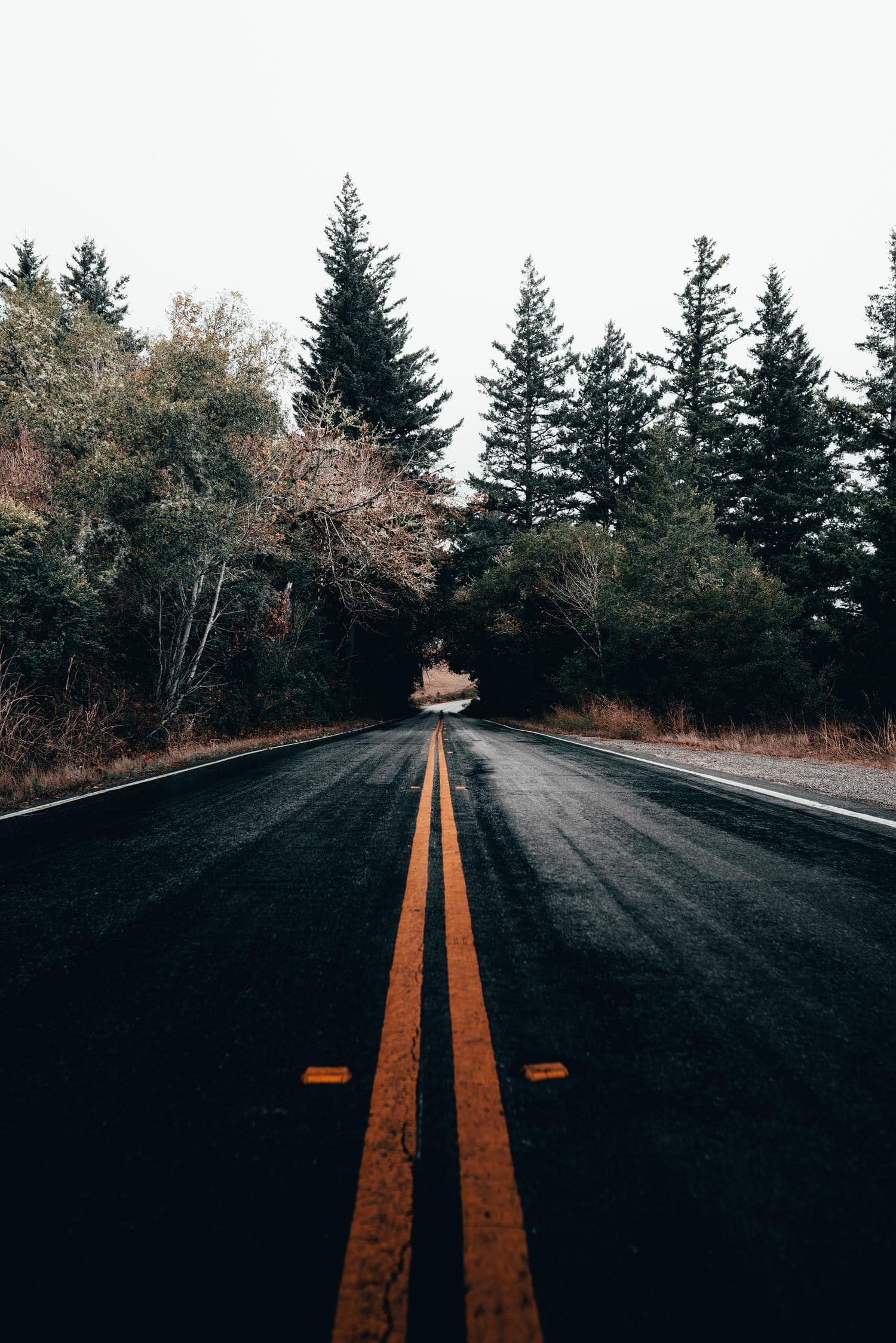
It is a very interesting element and with a lot of visual power, learning to use it as a composition element will be very useful to add interest to your image.
You'll see that there are many more ways to use the vanishing point than you might imagine.
PERSPECTIVE IN PHOTOGRAPHIC COMPOSITION
Perspective in composition is another way we can add interest and depth to our images.
There are different ways to use perspective: linear, aerial, forced, etc.
Each one of them will help you tell your story in a different way, always remember the importance of varying your point of view and analyzing the scene in front of you to get the most interesting angle of your image.
Move on!!
THE HUMAN ELEMENT IN COMPOSITION
Adding a human element to your compositions is usually a guarantee of success ;).
It allows you, for example, to add a sense of scale or dynamism but, above all, it helps you tell a story and capture the viewer's interest.
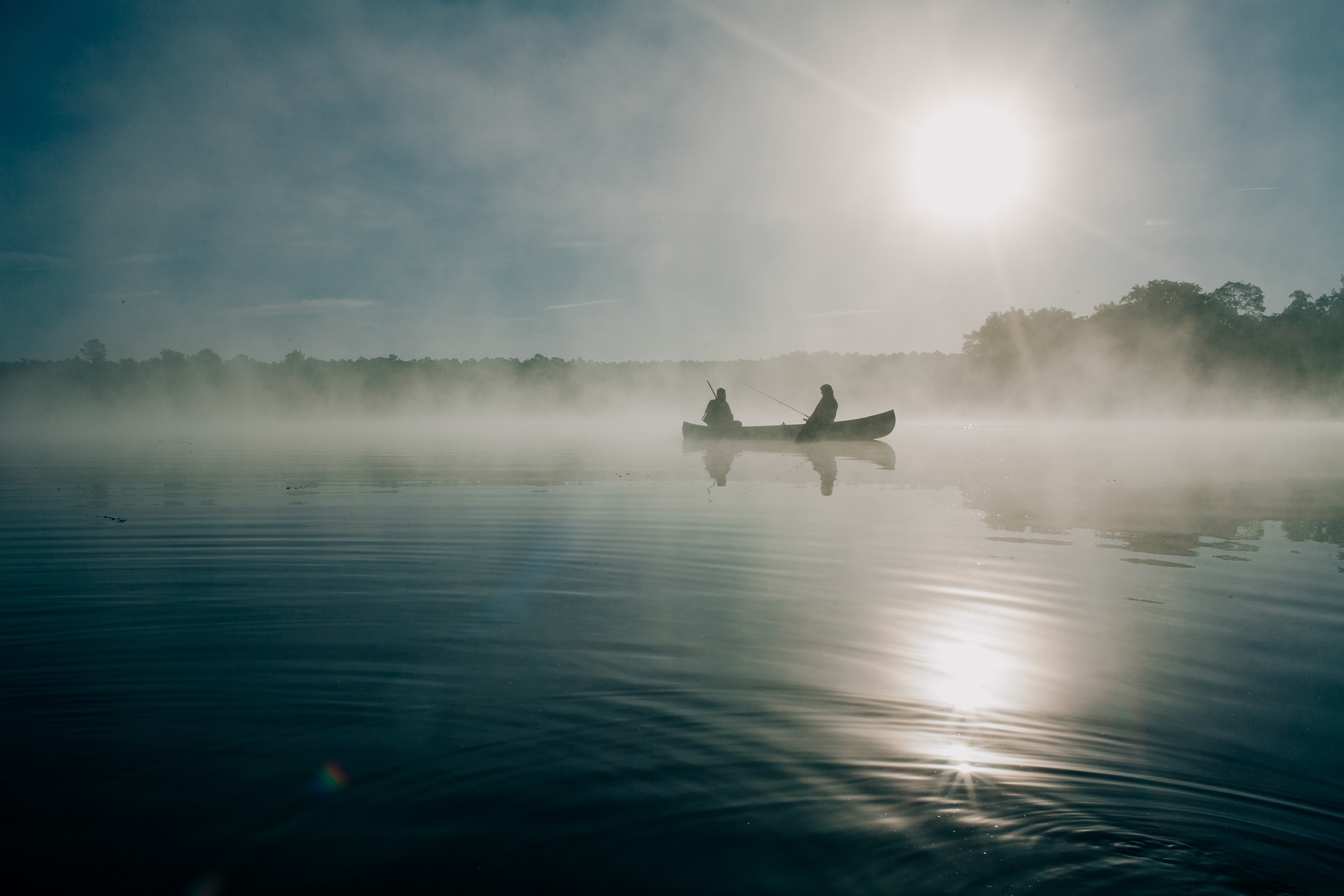
It naturally draws us in by simply and immediately adding interest to your image, here are 5 reasons to add a human element to your photographs .
THE NUMBER THREE AS A COMPOSITIONAL ELEMENT
The number three has a magical aura used throughout the story in multiple settings.
Also in composition three elements are a magical combination.
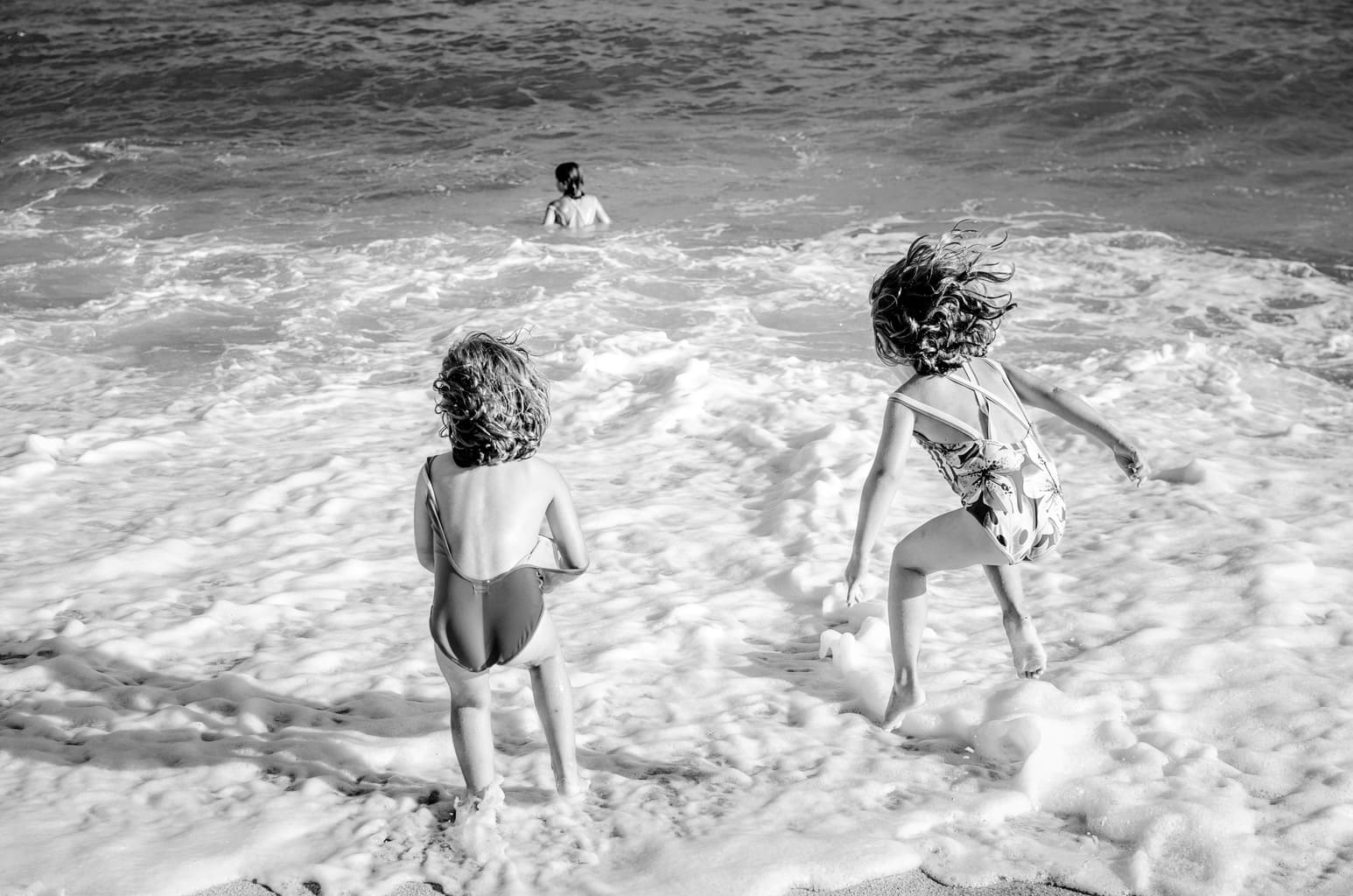
It allows you to play with triangle compositions, break the rhythm or create depth.
Get inspired by our selection of images with 3 as the protagonist .
THE POINT OF VIEW IN YOUR COMPOSITIONS
Point of view can turn a bland image into an impressive one.
If you're a contortionist photographer, ahem..., surely you already know what we're talking about (climb on a bench, throw yourself on the ground, make strange postures is what goes with you ? ).
Well… congratulations!
That is one of the best ways to get different and attractive scenes, varying the point of view is the first step to get an interesting composition.
THE OPENING OF THE DIAPHRAGM IN PHOTOGRAPHIC COMPOSITION
You will wonder how the aperture of the diaphragm can be an element of the composition.
Well, the aperture of the diaphragm is not only based on the amount of light that we let pass towards the sensor of our image.
The aperture of the diaphragm is directly linked to the depth of field.
And the depth of field is nothing more than the amount of area in focus in an image.
I explain it to you in this video:
It allows, therefore, to isolate the protagonist by blurring the background, or to make him a participant in the environment.
It is for this reason a most interesting compositional element, at the same time that visually it helps us a lot with the narration of the story.
FOCAL LENGTH AND PHOTOGRAPHIC COMPOSITION
Another element that we do not always associate with composition is the focal length of our objectives, but it is surely the first aspect, and the most decisive one, that you should pay attention to.
Because, to begin with, the focal length defines the portion or angle of the scene that you will be able to capture with your camera and also influences aspects such as the depth of field, the lines or the arrangement of the elements in the image.
Interesting, right?
Composing begins, therefore, knowing the particularities of each focal length.
To better understand what focal length is, I leave you this article, and also this other one on how to capture splendid compositions thanks to the focal length of your lens.
SYMMETRY AND COMPOSITION IN PHOTOGRAPHY
Another way to play with balance in your compositions is through symmetry.
Reflections in lakes, mirrors, or other surfaces where the weight is distributed on both sides of the framing axis in a balanced way.
Symmetry provides a sense of order and can be very visually appealing.
NATURAL FRAMES IN COMPOSITION
The natural frame is a very simple resource but capable of providing very interesting results in your photographs.
We refer as a natural frame to elements such as doors, windows, arches, or any element that allows you to frame your center of interest within the frame itself.
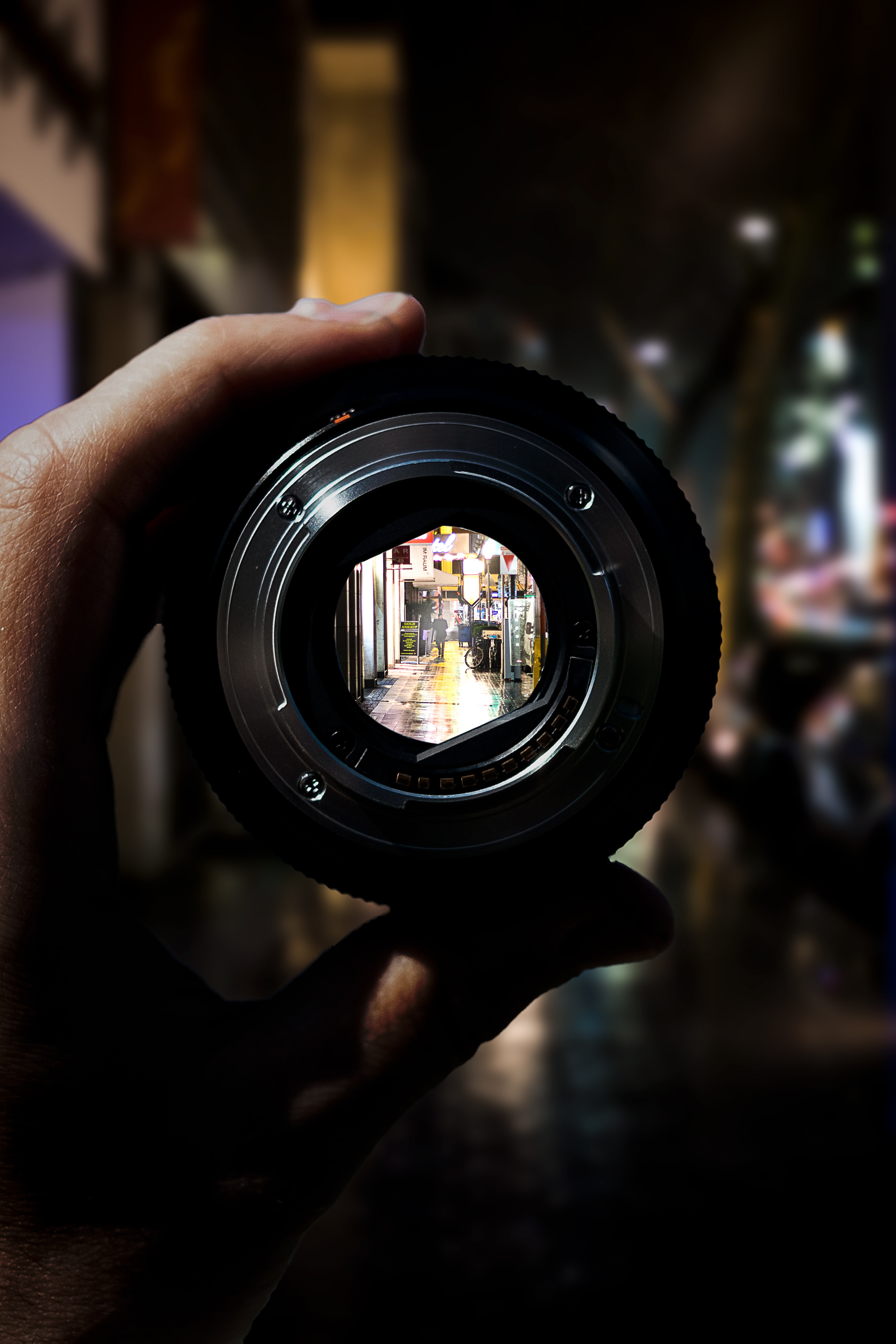
So far the main rules of photographic composition, you have them summarized in our visual infographic with the 10 golden rules on composition . Sometimes, less is more ;).
I have to ask you to complement this reading with this other essential article on how to learn to break the rules ? and that you enjoy contemplating these illustrative examples of why you should break the rules of photographic composition.
TELLING STORIES THROUGH PHOTOGRAPHIC COMPOSITION
Telling stories should always be the ultimate goal of any of our photography.
Because photographers write with light ? and if we write, it's always to try to convey something, an idea, a feeling, a decisive moment.
What to keep in mind when telling stories?
Aspects such as the context, light, composition and even the title of an image are what help to convey our message.

If you want to be an expert in photo storytelling, don't miss the complete guide to telling stories through photography, it's worth it.
COLOR IN PHOTOGRAPHIC COMPOSITION
Color is a compositional element with great force.
Knowing how to combine colors or knowing how a certain color affects our perception of an image will allow you to master the composition in your photographs.
I will tell you, below, the essential things you should know about color and photographic composition, although in this article we will tell you everything in depth, with examples, tips and tricks:
- Warm tones : they are oranges, yellows and ochres, they transmit warmth and seem to come closer in the frame.
- Cold tones : they are green, violet and blue, they transmit coldness and seem to recede in the frame.
- Complementary colors : are those that meet face to face on the color wheel and generate a lot of contrast between them.
- The harmonic colors : they are those that are next to each other in the chromatic circle and together they generate a sensation of harmony.

I recommend that you also take a look at our article to learn how to play with color in your photographs.
THE BACKGROUND IN COMPOSITION
The background is usually the great forgotten of our photographs, but it is at the same time one of the elements that can help us the most to elevate or destroy a photograph.
A good image can be terribly affected by a bad background. Imagine a great portrait, well focused, with a beautiful light, a penetrating look... and suddenly, a piece of garbage that appears from behind next to his head!
What a disaster, right?
Well no, it's not a joke, it wouldn't be the first time something like this has happened ;P
The first thing, therefore, is to be aware of it and act so that, if the fund is not too favorable for you, worry about changing it.
I eat? Here are some ideas:
- Vary the angle: move until what you have in the background you like.
- Change the protagonist of place or remove annoying elements from the background if you have the possibility.
- Blur through the diaphragm aperture.
- Get closer to the protagonist.
These tricks to improve the background in your compositions will help you finish off your best photos.
COMPOSITION IN PORTRAIT PHOTOGRAPHY
Composing a good portrait is essential to obtain a good result.
We have already seen some aspects to take into account when composing a portrait throughout this guide, but these are the most applicable to the composition of a portrait:
- The law of the gaze.
- The rule of thirds.
- The natural frame.
- Fill the frame.
- Use color as a compositional element.
- Also frame vertically.
- Take care of the background (you can blur it through the diaphragm opening).
- Consider the focal length of your lens. The most recommended are those that go from 50 to 105mm approximately.
- Always focus on the eyes except for conscious and creative exceptions.

If yours is the portrait, take a look at the mega guide that I prepared for you to photograph portraits where there will be no question that remains unanswered.
COMPOSITION IN LANDSCAPE PHOTOGRAPHY
Getting a landscape to call our attention beyond what is "pretty" is not easy.
There are countless images of spectacular landscapes that do not tell us much beyond.
That "plus" that makes you not take your eyes off the image, usually has to do with a good photographic composition.
When composing your landscapes I recommend that you pay special attention to:
- Work the lines, the vanishing point or the perspective.
- Use the rule of thirds when you offer an interesting composition.
- The symmetries.
- The patterns (the rhythm and break the rhythm).
- The natural frames.
- Depth of field and sharpness.
If landscape photography catches your eye, save this other mega landscape guide with all the tips and tricks you need to get AWESOME photos.
COMPOSITION IN BLACK AND WHITE PHOTOGRAPHY
Composition in black and white photography is extremely important.
By stripping the image of its color, we focus much more on the shape and arrangement of the elements.
If yours is black and white, you cannot stop reading this very complete guide.
Although I summarize here the essential tricks to succeed in your grayscale compositions:
- Identify a center of interest.
- Use the rule of thirds to position your protagonist within the frame.
- Look for the lines, they are powerful compositional elements to direct the viewer's gaze.
- Frame horizontally and vertically.
- Look for patterns, play with the rhythm and break the rhythm.
- Less is more, many elements are difficult to read and can divert attention from the main reason.
- Look for different and original points of view.
- Play with the contrast between light and shadow.
- Frame through natural frames (windows, doors, arches, trees…).
- Practice with negative space.
- Or with filling the frame.
- Play with lights and shadows as one more compositional element.
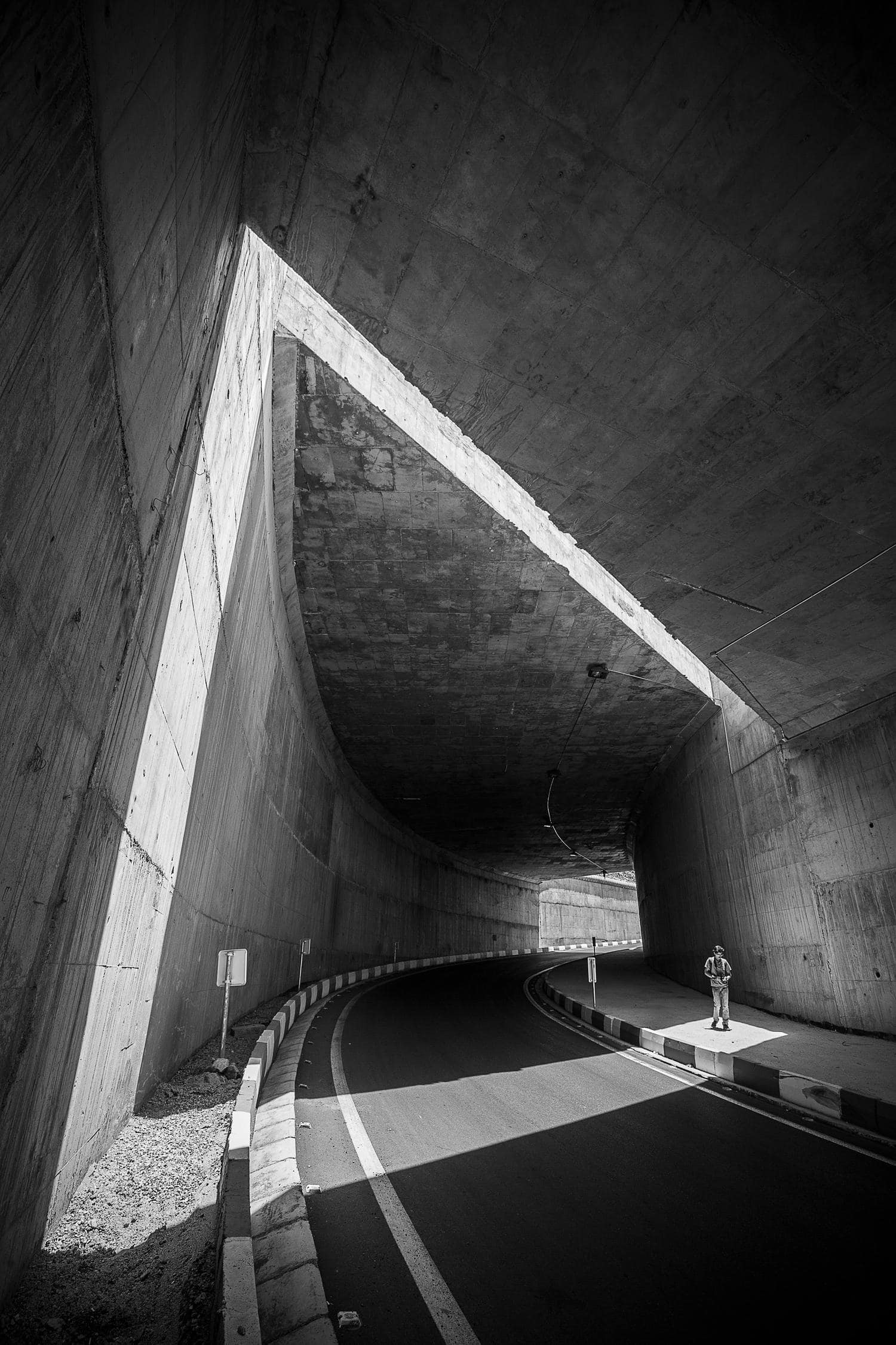
If you want to know the best composition tricks, keep reading ?
TRICKS IN PHOTOGRAPHIC COMPOSITION
Beyond the rules of photographic composition, we have many tricks that we can use to create our compositions.
Here the most important:
- Scale: adding a recognizable element that gives us a sense of scale in our photographs is important, especially in landscapes where, without a reference, proportions can be easily lost.
- The human element: adds a natural interest to the image and also helps you with the previous point ;).
- Simplify: when in doubt, less is more. It is more difficult to compose well an image with many elements than one with less. If things get complicated for you, simplify.
- The center of interest: always ask yourself the question: what is the protagonist of my image? Once resolved, put all your knowledge and creativity to work in a good composition that makes it stand out.
- If the image is based on the shape, try transforming it to black and white.
- Conversely, never transform a scene that is sustained by color into black and white.
- Reflections can give a lot of play in photographic composition. Both for symmetrical and asymmetrical compositions.
- Change the angle: be daring and original, look for different and interesting points of view.
- Keep the horizon straight: This is easy to fix in editing but will force you to crop the image. Photography should always come out of the camera as perfect as possible.
- Framing vertically: it is not usually so natural for us and, therefore, there are fewer images in this format. Give it a chance, you will see how the image changes radically.
- Focus the eye closest to the camera in a portrait.
- Playing with shadows can be very interesting in your photographic compositions.
- Take into account the "side effects" of the focal length and play with them in your compositions.
- The natural framing is a very interesting resource when you have a somewhat flat image.
- Play to break the rhythm and unbalance the image to get different photos.
With these tricks and other basic rules to take a great photograph , there will be no composition that escapes you ? .
MOST COMMON MISTAKES IN COMPOSITION
Raise your hand whoever has made any of these mistakes in composition.
We are many, of that there is no doubt.
The luck is that (re) knowing them is the best resource to avoid them.
Here I leave you the most repeated:
- Centered compositions.
- Unclear center of interest.
- Images cluttered with elements impossible to read.
- Boring or uninteresting frames.
- Lack of depth.
Read on to further avoid common photo composition mistakes, or to use mistakes creatively instead .
QUESTIONS AND ANSWERS ABOUT PHOTOGRAPHIC COMPOSITION
The only bad question is the one that is not asked.
We have collected yours, which were once ours too, in this article with the 10 most frequently asked questions about photographic composition (and our answers, of course, to help you solve them).
Have you solved any of your doubts?
Well, we continue ? .
EXERCISES ON PHOTOGRAPHIC COMPOSITION
You know how little you learn if you don't practice, right? ?
Here are 16 exercises to improve your photographic composition .
Because there is no better way to learn to compose than to put everything I tell you in this mega guide into practice.
BOOKS ON COMPOSITION IN PHOTOGRAPHY
There is a lot of literature related to composition in photography.
Personally, I recommend one of the following titles:
- Composition for a photograph full of life (BdF): our photography ebook in digital format (PDF) with which you will be able to learn and master the tricks used by photography experts, taking your compositions to another level. With it you will learn to use shapes, colors, lines, contrasts and a host of other resources.
- Composition in Photographyby Jose Benito Ruiz
- the photographer's eyeby Michael Freeman
- The art of composition (FotoRuta) by Fran Nieto
I do not want to end without recommending our 100 express tips to improve your compositions in which you can refresh some of the tips that I have been leaving you throughout this guide.
If you have come this far, I want to congratulate you, because I am very sure that this article is going to help you improve your compositions, without a doubt.
Don't forget that practicing is the most important thing, try new things, be creative and never settle.
As David Burnett said, "The satisfaction comes from working with 500 photographers and coming up with something different . "
Oh! And before running away to compose your best image, remember to share it on your favorite Social Networks to help me reach all the photographers who need to learn or refresh their knowledge about photographic composition.

